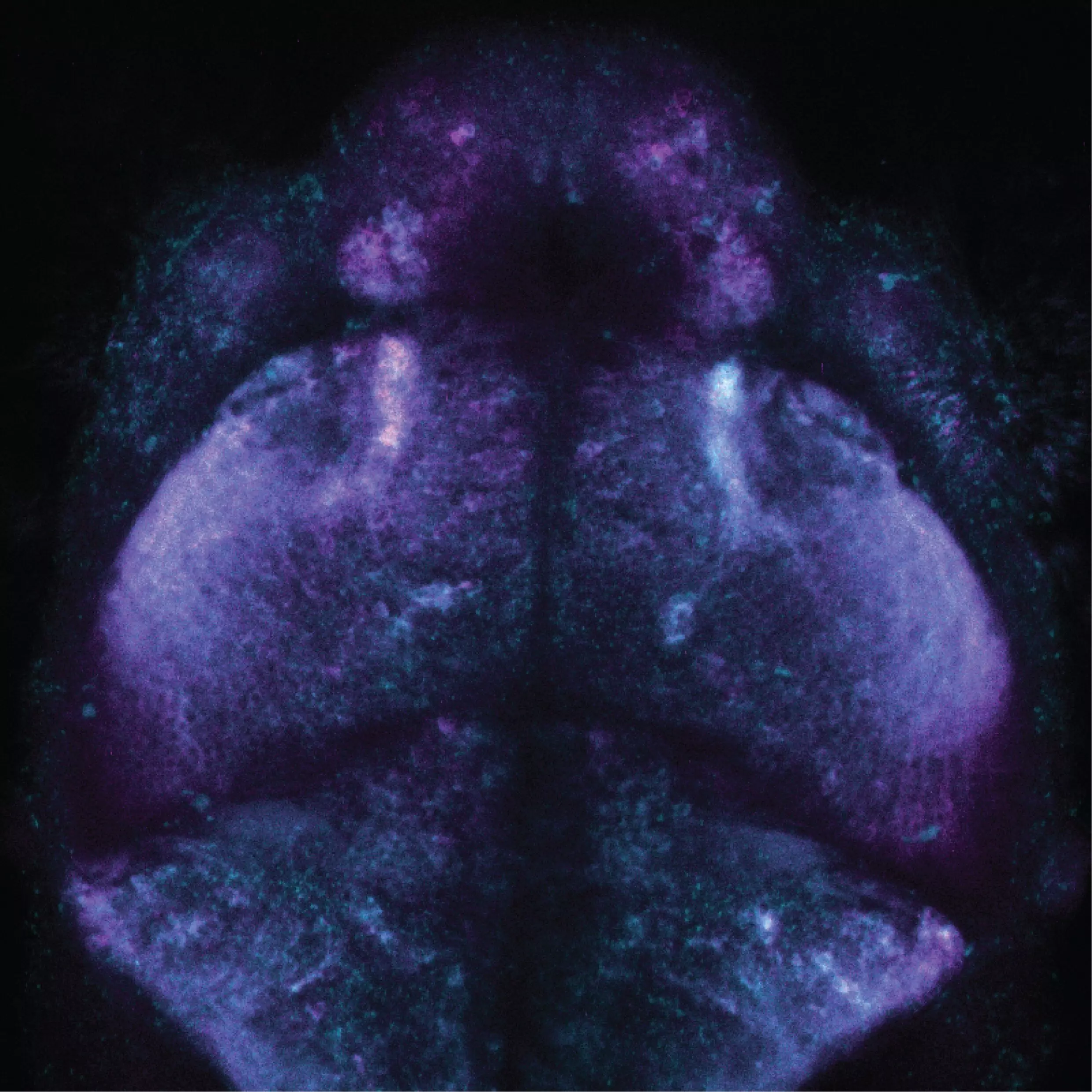The ability to record transient events within living cells has long been a goal for scientists seeking to understand the complexities of cellular physiology. Recently, a groundbreaking technology developed by researchers at the Max Planck Institute for Medical Research in Heidelberg has provided a novel approach to capturing these elusive cellular activities. By utilizing chemical labeling with fluorescent dyes, this new method allows for the accurate tracking and analysis of cellular events, opening up new avenues for studying biological processes.
At the core of this innovative technology are unique recorder proteins that undergo irreversible labeling with fluorescent dyes when specific cellular activities occur in their vicinity. This design enables the simultaneous observation of a large population of cells, both in vivo and in vitro. Leading the team behind this development, Kai Johnsson and Julien Hiblot have created proteins that can be labeled when a predetermined cellular activity and a fluorescent substrate are present. By controlling the washing-in and washing-out of the substrate, researchers can define the recording period, while the intensity of labeling reflects the degree of cellular activity.
The practical applications of this technology are far-reaching, with the ability to record a wide range of cellular processes. The researchers successfully constructed recorders for three key biological activities: receptor activation, protein-protein interactions, and changes in calcium ion concentration. By studying the heterogeneity of calcium ion changes in cellular networks derived from glioblastoma, the researchers were able to gain valuable insights into the behavior of this aggressive brain tumor. Additionally, in collaboration with other research groups, patterns of neuronal activity in flies and zebrafish were successfully recorded, showcasing the versatility and applicability of this new recording platform.
Read More: The Therapeutic Benefits of Low Doses of LSD
One of the main challenges faced by the researchers was ensuring the robustness and efficiency of the recorder platform across different biological model systems. To address this, they conducted a series of composite experimental arrangements to test the technology under various conditions. By refining the design and functionality of the recorder proteins, the researchers were able to demonstrate the potential of this technology to revolutionize experiments in fields such as neurobiology and oncology. The development of these new molecular tools opens up a wealth of possibilities for researchers looking to explore transient cellular events in greater detail.
The introduction of this revolutionary technology for recording cellular events marks a significant advancement in the field of biological research. With the potential to enable new types of experiments and accelerate discoveries in diverse fields, the impact of this technology is far-reaching. Researchers Magnus-Carsten Huppertz and Jonas Wilhelm are enthusiastic about the opportunities this technology presents for advancing our understanding of complex biological processes. Through continued collaboration and innovation, the possibilities for future research developments are endless.


Leave a Reply